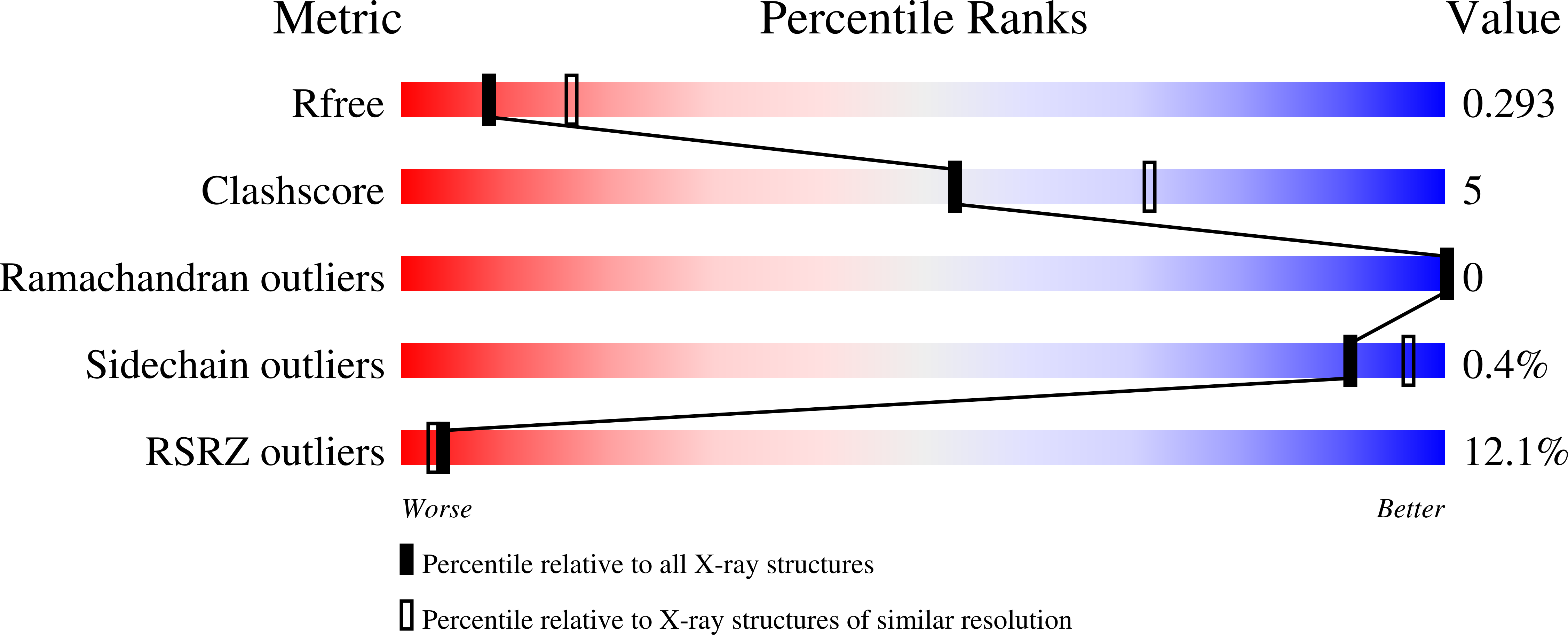
Deposition Date
2022-10-12
Release Date
2023-05-31
Last Version Date
2024-11-06
Entry Detail
PDB ID:
8BB6
Keywords:
Title:
Crystal structure of Arabidopsis thaliana sucrose transporter SUC1
Biological Source:
Source Organism:
Arabidopsis thaliana (Taxon ID: 3702)
Host Organism:
Method Details:
Experimental Method:
Resolution:
2.68 Å
R-Value Free:
0.29
R-Value Work:
0.26
R-Value Observed:
0.27
Space Group:
P 1


